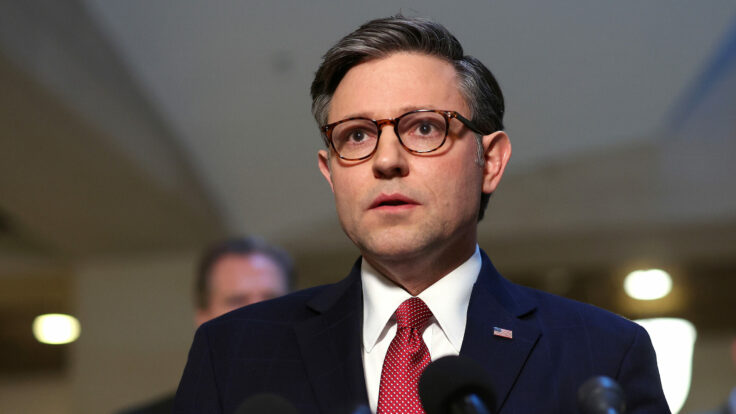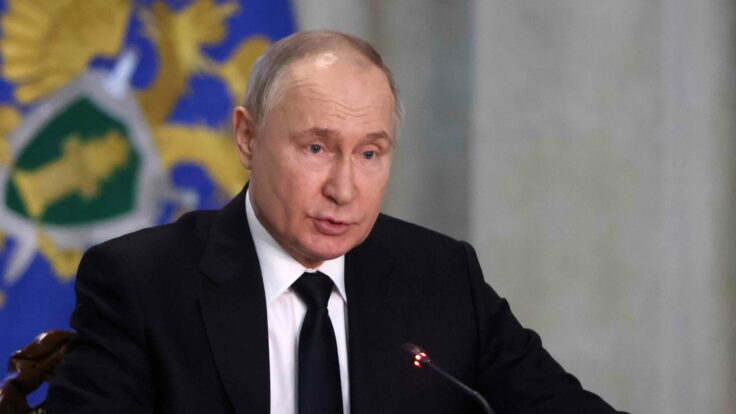Several readers have written in to ask, in so many words, whether Russia will invade Ukraine. The short answer is that we still don’t know. And we don’t know if Vladimir Putin knows. What we do know is that the December 7 virtual summit between him and Joe Biden did nothing obvious to diffuse tensions on the Ukrainian border. Not only has Putin not recalled his troops in the week since his conversation with the American president, videos and other reports trickling in from the Russian side of the border paint a worrying picture: rows upon rows of tanks and heavy artillery stretching as far as the eye can see. Russian troops are moving, but not in a way that would alleviate some of the pressure they’ve created. (One Washington diplomatic source told me the troop movements were “unhelpful” and “worrying.”)
Meanwhile, Putin continues to insist on political guarantees that the U.S. cannot give him. This week, his No. 2 diplomat, Sergey Ryabkov, said that, without a formal, legally-binding promise that NATO will not expand further eastward, Russia’s response will be “military.” And today, Putin issued a new list of demands, calling on NATO to guarantee it won’t conduct any military activity in former Soviet republics and that it remove any NATO military infrastructure installed in eastern Europe since 1997. On the other side, the authorities in Kyiv are checking to make sure their bomb shelters still work. My friends in Moscow are panicking that war is imminent.

















